Leading Groups on Twennie
more topics
Set Up the Group With Purpose
Begin by defining why the group exists and what “good” looks like in 30–60 days. Create your group, invite members, and set a simple cadence (weekly or bi-weekly). Choose a short list of units—articles, videos, exercises—that map to current project needs. State expectations clearly: time commitment (20-minute bursts), where notes live, and how you’ll close each micro-sprint (a brief debrief plus next steps). This upfront clarity reduces friction and makes every touchpoint feel consequential.
Assign Work and Keep Momentum
Use tags to assign units to specific people and roles. Keep due windows short to increase completion rates. The dashboards do the heavy lifting: members see “my tagged units,” leaders see “units tagged by my leader,” and everyone can spot “completed leader-assigned units.” Run lightweight check-ins to unblock progress and celebrate micro-wins—badges and completions matter. Mix formats (prompt sets, exercises, short videos) so learning stays practical and close to real work.
Facilitate, Capture, and Iterate
Lead like a facilitator, not a lecturer. Keep sessions focused, fast, and action-oriented. Capture decisions, examples, and next assignments directly in Twennie so lessons compound. Close each cycle with a 5-minute “what changed?” review: which habits improved, which KPIs moved (quality, schedule reliability, client feedback), and what the next micro-sprint will target. Over time, your group becomes a steady engine for better delivery and stronger proposals.
suggested KPIs for this topic
These KPIs help group leaders use Twennie the way “David” does — with clarity, consistency, learning leadership, and proactive engagement. They focus on assignments, tracking, content creation, nuggets, and building a healthy learning culture.

